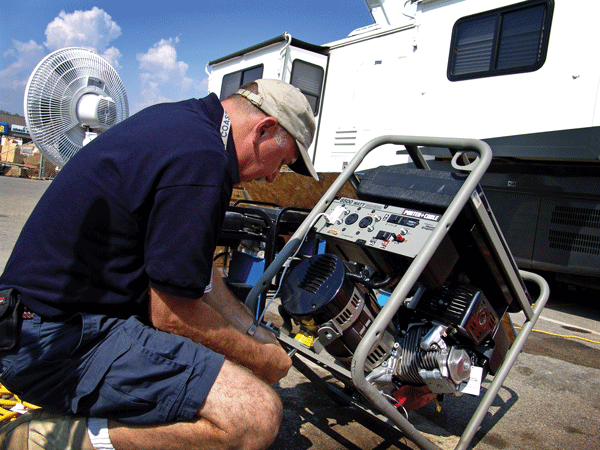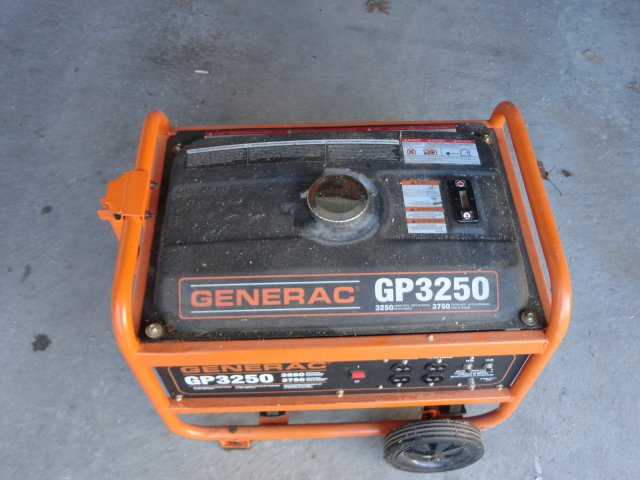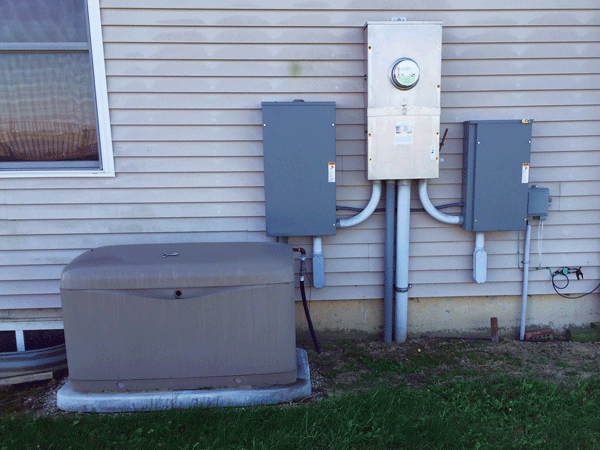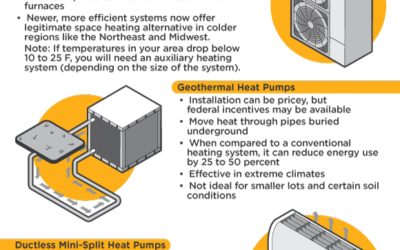
As our reliance on electrical items grows, so does our need for uninterrupted power. Unfortunately, power outages happen. If you’re in the market for a generator, here’s some things to consider before making your purchase.
Which electronic devices do you want to power?
Do you want the entire home running as if nothing happened, or just parts of it? Identify your necessary electrical needs. Do you need to run a medical device? Will a space heater be sufficient for heating, or do you need more?
Once you’ve made your list, add up the number of watts needed. Look for the electric label on the device to find this information. Generator specialists advise a generator that produces more power than all of the equipment combined plus the initial surge when it is turned on. If you draw more power than the generator is designed to produce, you may blow a fuse on the generator or even damage your connected equipment when it is turned on. You may want to seek assistance from an electrician to determine your needed power usage.
What’s your budget?
Do you want a standby generator wired to your home? The national average for installation is somewhere between $4,500 and $9,000; and that doesn’t include the price of the unit. A portable generator starts at $750.
Fixed or portable generator?
A fixed generator is permanently located next to or near your home and should be installed by a licensed contractor or electrician. They will help you identify the best permanent generator to meet your needs.
A standby generator automatically transfers the power source from the electric grid to the generator. Some permanent generators use a transfer switch that must be manually “thrown” before turning on the alternate source of power, which is wired into a house. Not throwing the switch can result in backfeeding, which sends electricity back into power lines, and it can seriously injure or kill electric lineworkers or others. Dawson PPD offers a rebate to customers who install a qualified transfer switch. Visit our rebates page or call 308-324-2386 for details.
A portable generator can provide power through a heavy-duty extension cord and can service several small appliances and lights. To ensure safety, the load rating of the cord must be more than the sum of the power consumed by the appliances. Please ensure the cord has a grounding prong and there is no damage to the coating and insulation of the wiring.
Avoid backfeeding onto power lines
Do not plug a portable generator into a wall outlet, because that creates “backfeed” – feeding electricity back through your system and meter into the power lines, which jeopardizes the safety of lineworkers attempting to restore power – as well as anyone who may be near a downed or sagging line. When the electricity produced by your generator reaches the transformer outside your home, the voltage will be increased from 120 volts to thousands of volts as it travels down the overhead power lines.
Beware of carbon monoxide poisoning
Portable generators can be handy when used properly, but can be deadly as well, particularly from carbon monoxide fumes emitted by the engine. Always operate your portable generator outdoors to keep exhaust fumes out of the home.
Generator maintenance
Manufacturers recommend that you operate your generator once a month for at least 10 minutes to ensure that it is running properly. Keep the generator where it will be easily accessible and weatherproof. It’s advisable to have enough fuel for at least 24 hours.

Six items to consider
- Which electronic devices do you want to power?
- What’s your budget?
- Fixed or portable generator?
- Avoid backfeeding
- Beware of carbon monoxide poisoning
- Maintenance

OTHER NEWS
Between the lines: Customer survey
By Gwen Kautz, General Manager gkautz at dawsonpower.com 308-324-2386 Dawson PPD recently completed a survey of customers regarding service, reliability, rates and a variety of other things. We do these surveys every three to four years. The survey data was collected...
Types of Heat Pumps
There are three main types of heat pump systems. Use the information below to determine the system that's best suited for your climate and home. Air-Source Heat Pumps Most commonly used heat pumps Moves heat rather than converting it from a fuel like combustion...
Dawson PPD raises residential rate Distribution Charge
March 18, 2019 Dawson Public Power District will increase its Distribution Charge by one dollar for all General Service Rate and A-SH General Service Electric Heat Rate customers. This change will be in effect with May statements. The General Service Rate’s monthly...


